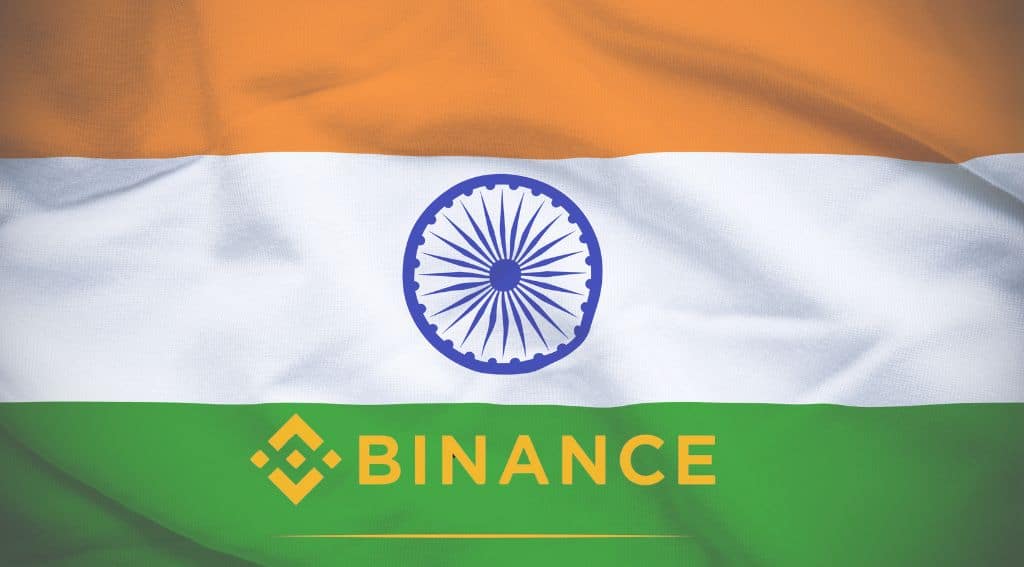Binance’s grand return to India crypto market

Binance is planning a return to the Indian market after a previous ban, aiming to reclaim its dominant position.
The company faced a ban in India in January. However, recent reports indicate that Binance is registering with the FIU and is said to be paying a hefty penalty for its return. To regain its footing, Binance has promised to adhere to relevant laws, including the Prevention of Money Laundering Act (PMLA) and the framework governing VDA taxation. It is alleged that Binance had previously circumvented these regulations, leading to its initial ban.
Binance’s presence in India was marked by regulatory hurdles and market dynamics. Its potential return signifies its intent to reclaim its dominant position in the expanding Indian crypto market. However, the path ahead is fraught with regulatory challenges and market competition. It remains to be seen how Binance navigates these complexities in its pursuit of market dominance.
Binance’s re-entry will have to work its way through India’s stringent regulatory environment. Furthermore, the fallout from the WazirX dispute could potentially lead to a lukewarm reception from domestic exchanges. However, with the Indian crypto market projected to grow at a rate of over 50% in the next decade, Binance’s return could be a strategic move to address its business challenges.
Regulatory challenges and market dynamics
The Indian cryptocurrency market, valued at $4 billion, was once dominated by Binance, which held a staggering 90 percent share. However, regulatory compliance issues in 2024 led to Binance and other offshore exchanges being sidelined. The Financial Intelligence Unit (FIU), the primary regulatory body overseeing Virtual Digital Assets (VDAs) providers, has been tightening regulations, leading many foreign exchanges to cease their Indian operations.
Domestic exchanges had previously urged regulators to acknowledge the lax approach of offshore platforms towards tax laws. This practice had made foreign exchanges more profitable compared to domestic businesses. The ban on Binance reportedly benefited local exchanges like CoinDCX as users migrated. Amid these regulatory adjustments, Binance also faced internal disputes with WazirX, an Indian exchange, since 2022. The dispute centered around the control of the WRX token, with WazirX being perceived as Binance’s local arm.
Rising value of the Indian crypto market
The Indian cryptocurrency market is on the brink of a significant transformation. As we stand at the threshold of this change, the projections for the future are nothing short of remarkable. The revenue in the Cryptocurrencies market in India is projected to reach an impressive US$343.5 million in 2024. This growth is not a flash in the pan, as the market is expected to show a steady annual growth rate of 7.99 percent from 2024 to 2028, culminating in a projected total amount of US$467.2 million by 2028.
The size of the Indian cryptocurrency market itself is set to exhibit a robust growth rate of 54.11 percent during 2024-2032. As of 2023, the market is expected to reach around $70 billion, a figure that underscores the rapid adoption and expansion of cryptocurrencies in India.
The revenue from cryptocurrencies is expected to show a healthy annual growth rate of 15.49 percent from 2023 to 2027, resulting in a projected total amount of US$5.92 billion by 2027. This growth is not just about the numbers. It’s about the potential impact on the economy and the job market. India’s crypto-tech market is expected to grow to $241 million by 2030, potentially creating 877,000 jobs by then.
These projections paint a promising future for the cryptocurrency market in India. This growth is driven by factors such as increasing acceptance and adoption of cryptocurrencies, advancements in blockchain technology, and the potential for cryptocurrencies to serve as a hedge against inflation and political instability.






